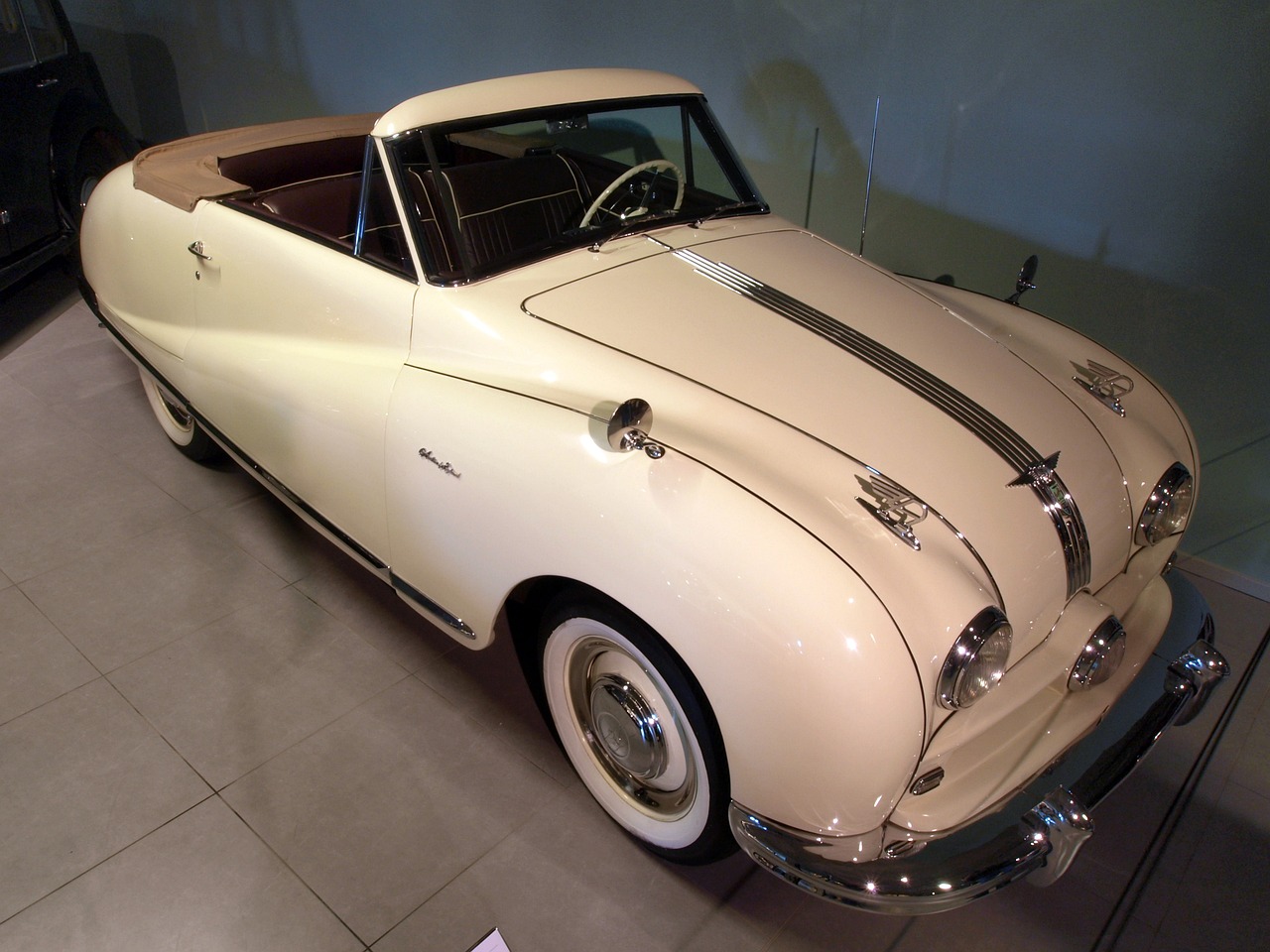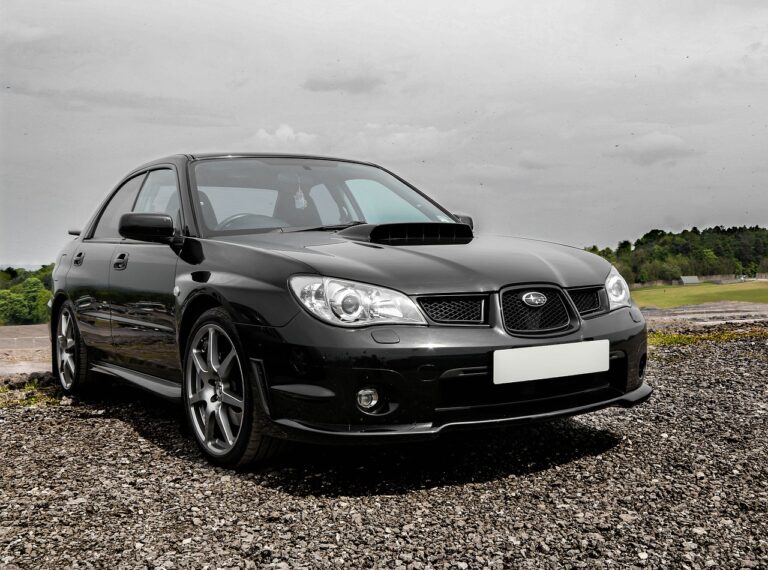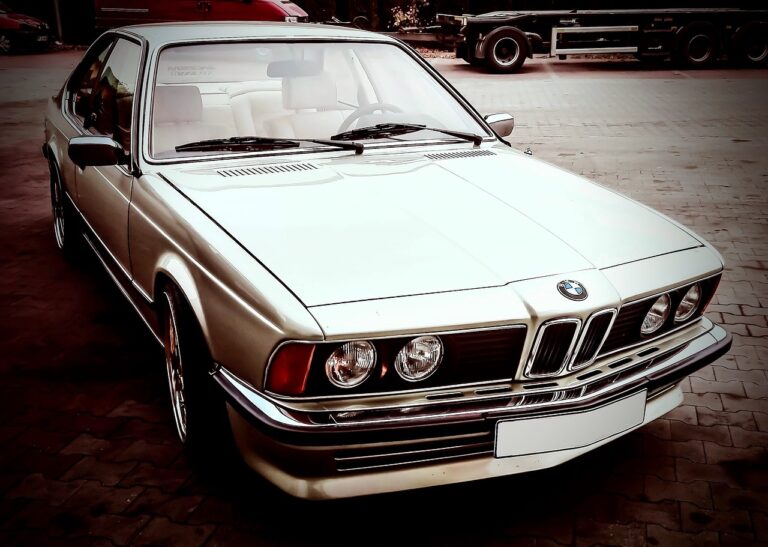Exploring the Connection Between Car Design and User Mobility Needs
Car design has significantly evolved over the years to meet the ever-changing needs of users in terms of mobility. Manufacturers have adapted their designs to address the increasing demand for convenience, comfort, and efficiency in transportation. This evolution has seen a shift towards more compact and versatile vehicles that cater to various user preferences and lifestyles.
As user mobility needs continue to diversify, car designers are challenged to create vehicles that not only provide reliable transportation but also incorporate advanced technology and innovative features. The emphasis is now on creating designs that offer a seamless integration of functionality and aesthetics, ensuring that users not only move from one point to another comfortably but also in style. This evolution reflects a growing awareness of the importance of user experience in shaping the future of car design.
The Impact of User Mobility Needs on Car Design Trends
Automobile manufacturers are constantly adapting their design approaches to cater to the ever-evolving needs of consumers in terms of mobility. User preferences for spacious interiors, advanced technology integration, and fuel efficiency have significantly influenced the design trends in the automotive industry. Manufacturers are increasingly focusing on creating vehicles that not only provide comfort and convenience but also align with the changing mobility requirements of users.
The shift towards sustainability and eco-consciousness among consumers has led to a surge in the demand for electric and hybrid vehicles. Consequently, car designers are incorporating sleek and aerodynamic shapes, as well as lightweight materials, to enhance fuel efficiency and reduce carbon emissions. The emphasis on environmental sustainability has become a key driving force behind the design choices made by automobile manufacturers, reflecting the growing importance of user mobility needs in shaping the future of car design trends.
Analyzing User Mobility Needs and Their Influence on Car Design Choices
The changing landscape of user mobility needs has significantly impacted the design choices made by car manufacturers in recent years. With a shift towards urbanization and an increased focus on sustainability, consumers are seeking vehicles that not only offer convenience and comfort but also align with their values of environmental responsibility.
As a result, we have witnessed a rise in the popularity of electric vehicles and compact, versatile designs that cater to the needs of city dwellers. Car designers are now placing a greater emphasis on factors such as range, charging infrastructure, and smart connectivity features to meet the evolving demands of users. By understanding and adapting to these changing mobility needs, car manufacturers can stay ahead of the curve and create vehicles that resonate with today’s conscious consumers.
How have user mobility needs influenced the evolution of car design?
User mobility needs have played a crucial role in shaping the design of cars over the years. As people’s requirements for comfort, safety, and efficiency have evolved, car manufacturers have adapted their designs to meet these needs.
What are some current trends in car design that are influenced by user mobility needs?
Some current trends in car design that reflect user mobility needs include the focus on sustainability, the integration of advanced technology for connectivity and convenience, and the development of more spacious and versatile interiors to accommodate different lifestyles.
How do car designers analyze user mobility needs to make design choices?
Car designers often conduct research to understand the preferences and priorities of different user groups. This may involve studying demographic data, conducting surveys and focus groups, and observing user behavior to identify key factors that influence their mobility needs.
Can user mobility needs vary depending on cultural or regional differences?
Yes, user mobility needs can vary significantly based on cultural, regional, and individual preferences. Factors such as climate, infrastructure, lifestyle, and cultural norms can all influence the design choices that are made to meet the specific needs of different user groups.





